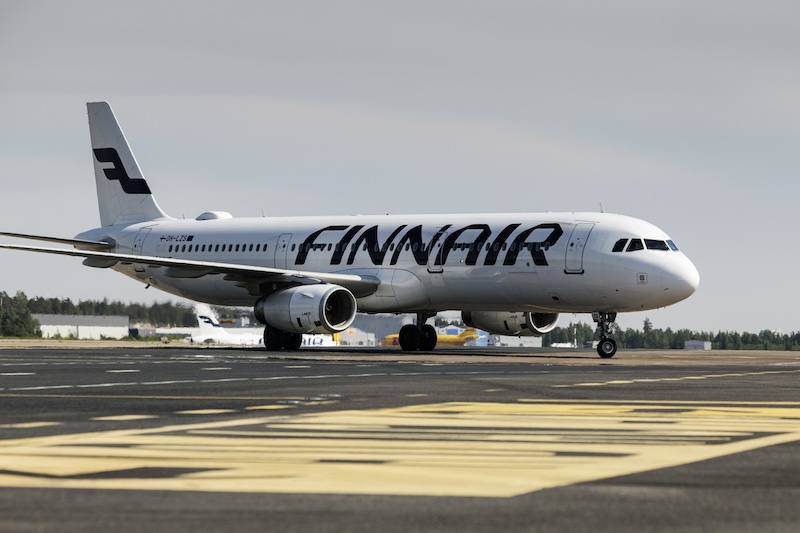Nokia Advances Green Financing with Sustainability-Linked Revolving Credit Facility

Nokia has taken a significant step forward in its sustainability journey by securing a €1.5 billion five-year multi-currency revolving credit facility (RCF) that ties the cost of borrowing to the company's environmental performance. This innovative financial instrument underscores Nokia's commitment to reducing its carbon footprint, with the margin of the RCF adjusting based on the company's progress toward cutting greenhouse gas (GHG) emissions across its operations and value chain.
The new RCF, which replaces a previous €1.412 billion facility from 2019, includes two one-year extension options and links the pricing mechanism to two key sustainability targets: the reduction of absolute Scope 1 and 2 GHG emissions, and the reduction of absolute Scope 3 GHG emissions. These targets will be assessed annually, with any adjustments to the RCF margin impacting the following year, thereby incentivizing Nokia to meet its environmental objectives.
Marco Wirén, Nokia's Chief Financial Officer, expressed enthusiasm for the strong backing from banking partners in this refinancing transaction, highlighting the alignment of Nokia's financing strategy with its sustainability priorities. Subho Mukherjee, Vice President of Sustainability at Nokia, further emphasized the company's dedication to its climate transition plan, which aims to foster efficiency and innovation throughout its value chain.
Nokia's ambitious net-zero target by 2040, validated by the Science Based Targets initiative (SBTi), is a testament to the company's long-term commitment to environmental stewardship. The detailed operational approach to reducing GHG emissions, as outlined in Nokia's Net-Zero climate transition plan, reflects a comprehensive strategy to decarbonize its operations and supply chain. This latest financial move not only reinforces Nokia's sustainability agenda but also sets a precedent for how corporations can integrate environmental goals into their financial strategies.




